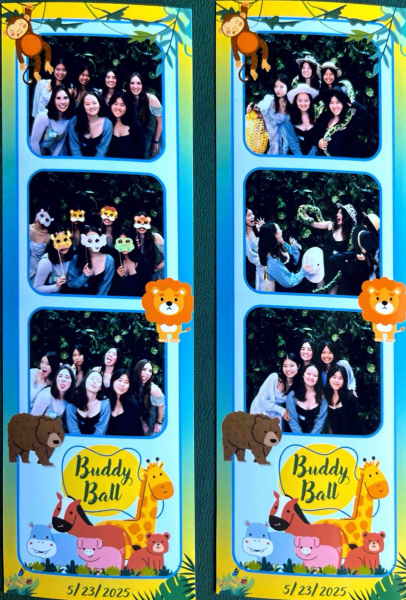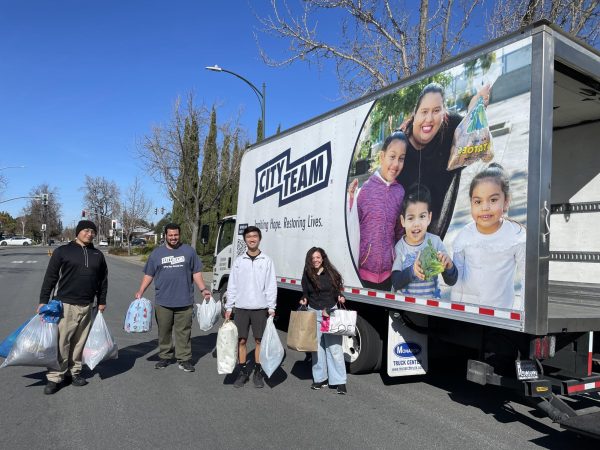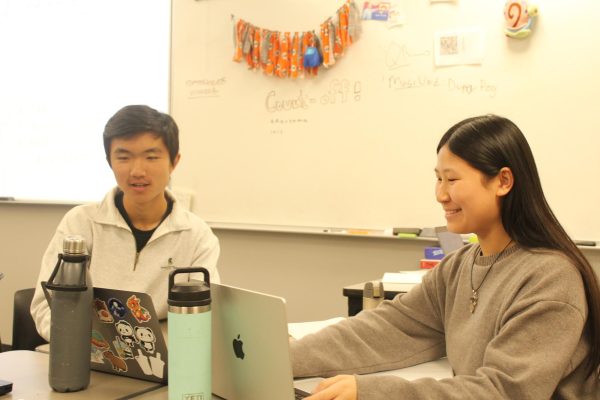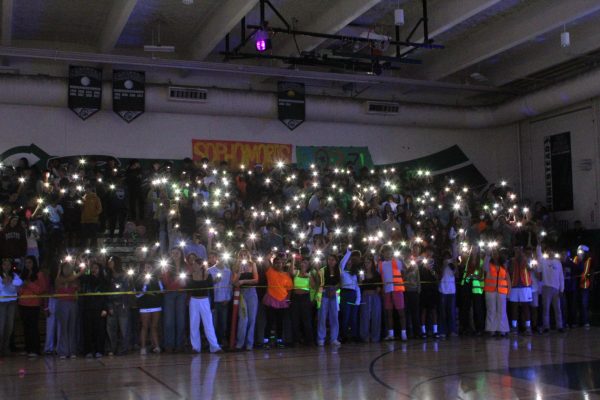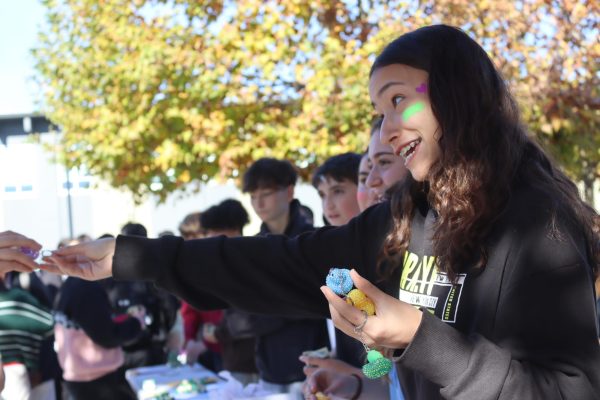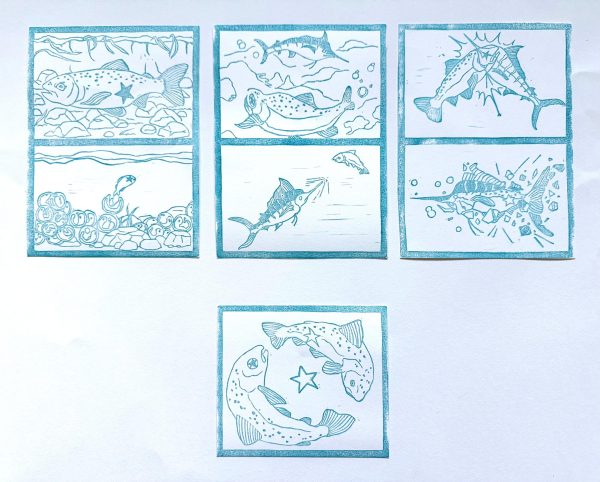Creating connections during remote learning
Staff use advisory, Zoom features to build community
Advisory is a new addition to everyone’s schedule during remote learning. It is a time for students to connect with their teachers and peers to form a deeper relationship beyond faces on a screen. This is accomplished through icebreakers and discussions surrounding important issues, principal Greg Giglio said.
Advisory, Giglio said, is meant to help students get to know their teacher and peers better in a non-academic time.
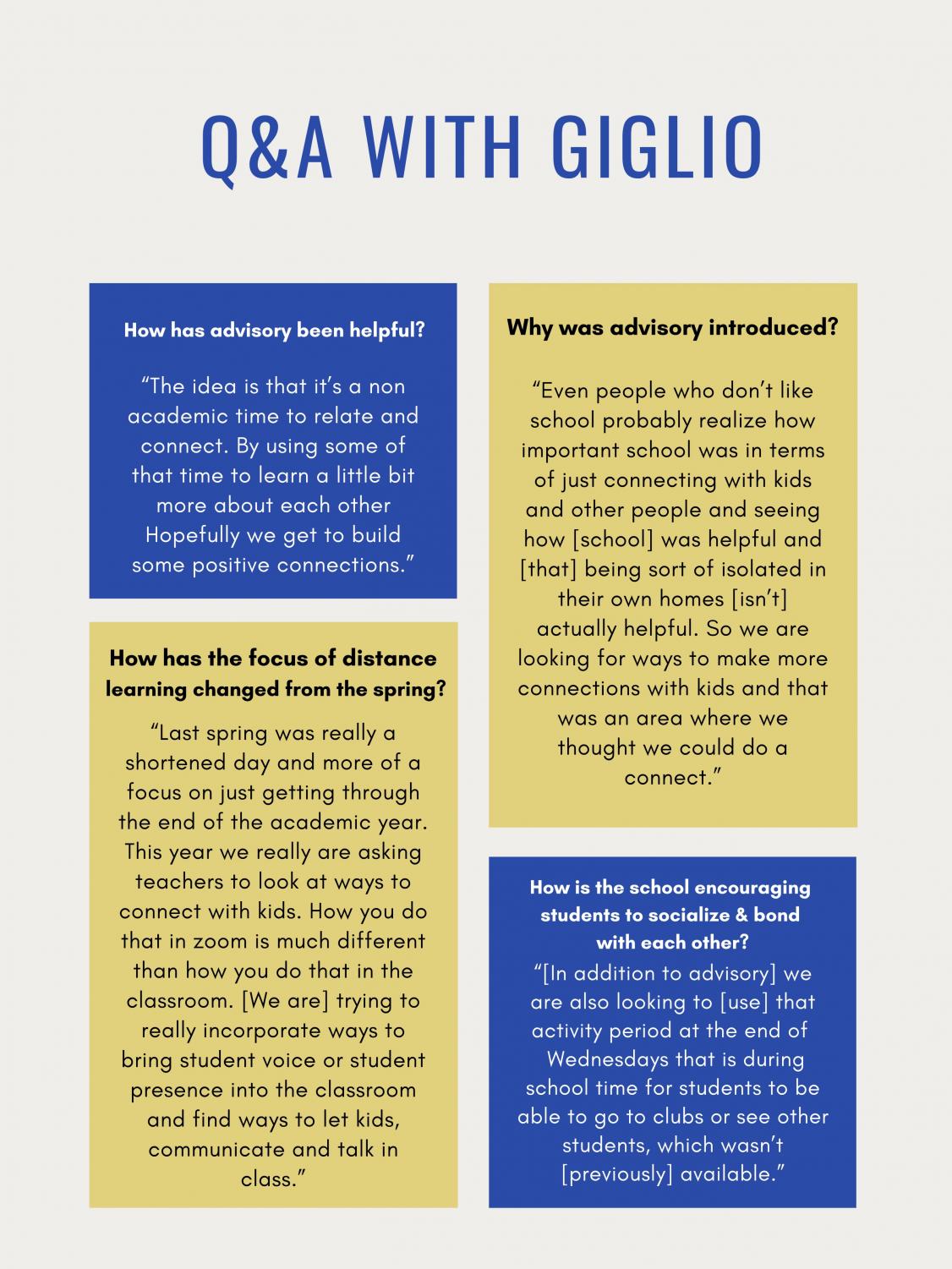
“The idea is you [are] getting to know [your teachers] in a different way outside of their academic duties,” Giglio said in a Zoom interview. “By using some of that time to learn a little bit more about each other, hopefully we get to some understandings and build some more positive connections.”
With the addition of new faculty members, connection is also important for staff. Even in a remote setting, administrators, teachers and departments continue to hold regular meetings to collaborate, Giglio said.
“I have a weekly meeting with all the principals and cabinet members, through Zoom,” Giglio said. “We meet every week, talk, and go over agenda items and business. I would say we’re connecting on a personal level, but [also] we’re connecting on the professional level.”
PE teacher Frausto said connecting with students outside of advisory is just as crucial and she is constantly trying to find new ways to form those connections, as remote learning has made it difficult to have one-on-one conversations.
“At the end of each class I ask specific students to hang back so that I can have individual conversations (like I would normally be able to do in person),” Frausto said in an email. “PE is a subject that lends itself naturally to building connections and student interaction … this virtual environment eliminates those elements completely. I can’t just walk around the gym as students are stretching, warming up, playing sports and working out and have casual conversations and check-ins.”
Likewise, French teacher Kelly Ronsheimer said she feels distance learning has disadvantages for everyone, and as a result, she said, she is making a bigger effort this year to connect with students, stating that students learn better when they believe their teachers care about them.
In addition to advisory, Ronsheimer said she — like many other teachers — has found other ways to connect with students during regularly scheduled class times.
“I’ll go into one of the breakout rooms and participate in one of the warm-up sessions, just to get to know them as people because first they’re people and then they’re students,” Ronsheimer said in a Zoom interview.
Similarly, English Teacher Kirk Hinton said the Zoom environment is less conducive to active communication due to the difficulties of holding one-on-one conversations.
“[Staying connected with students is] tougher because even before class, or when classes start, there’s always a little conversation and you get to know people a bit better,” Hinton said. “Then after class, there’s bottleneck out the door so you can grab people at the door, but we don’t have that same ability on Zoom.”
Math teacher Matt Guevara said the unique circumstances surrounding current events makes forming connections even more important.
“To be honest, [this] is something that I need to focus on since this year is much different to prior years,” Guevera said in a Zoom interview. “Especially with everything that is going on in the world. It’s important that people make an effort to connect with each other. Human beings are social creatures and living in isolation is unhealthy for us.”
Amber is currently a Senior at Homestead and this is her fourth year on the Epitaph. She is excited to be the Senior Arts & Culture editor this year....
Christine is a senior and super excited to be a senior design editor this year!! After watching The Devil Wears Prada once and being inspired by magazine...



